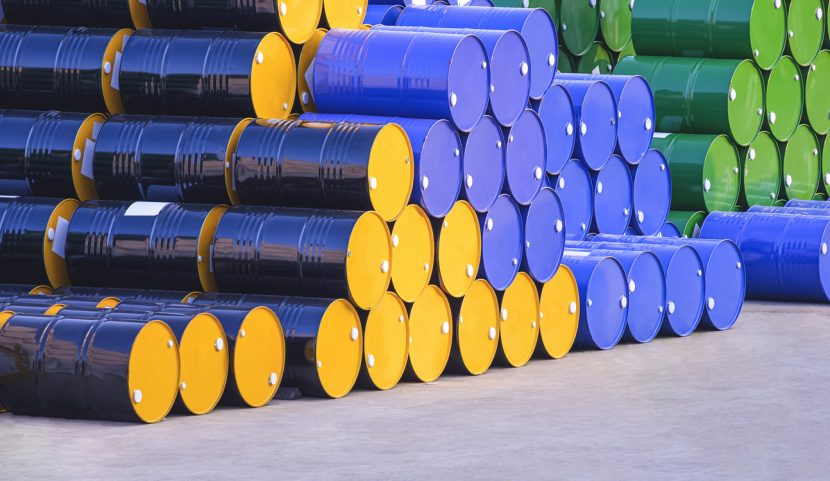In the manufacturing industry, the search for materials that can adapt to a variety of needs is constant. When it comes to producing flexible foams capable of withstanding substantial loads, two elements stand out: Polyol Copolymer LHS200 and Polyol 3000/3010. Let’s explore their characteristics and applications to better understand how they contribute to the creation of high-quality products.
LHS200 Polyol Copolymer: Boosting Flexibility and Resistance
LHS200 Polyol Copolymer is a crucial component in the manufacture of flexible foams, especially designed to withstand heavier loads. Its versatility is evident in its ability to be used both independently and in conjunction with other polyols. Let’s take a look at some of its main characteristics:
Product stability: LHS200 has a stable product property, which makes it adaptable to different formulations. This not only simplifies the production process, but also ensures consistent quality of the end product.
Resistance to high temperatures: This copolymer is known for its resistance to high temperatures. This characteristic is crucial for improving the performance of foams, giving them greater hardness and excellent tensile strength.
Ideal physical characteristics: With its low viscosity, high solid content and low monomer residue, LHS200 offers a set of physical properties that contribute to the quality and durability of the foams produced with it.
Purity and reliability: Its pure whiteness and the absence of gel mixing with water guarantee the integrity of the product, providing consistent and reliable results.
Fine cell structure: Foams made with LHS200 exhibit a low density gradient and a fine cell structure, which makes them ideal for a wide range of applications, from insoles to furniture.
Polyol 3000/3010: The Base for Various Polyurethane Applications
Polyol 3000/3010 is an alcohol composed of multiple hydroxyl groups. Its main function is to react with isocyanates to form polyurethane. Here are some key points about this component:
Versatility of application: Polyols are widely used in the manufacture of a variety of products, from flexible foams and elastomers to rigid foams and high-performance paints. The choice of application depends on the molecular weight of the polyol.
Controlled reactivity: The ability of the hydroxyl groups to react with the isocyanates in a controlled manner is key to ensuring the proper formation of the polyurethane, resulting in end products with the desired properties.
Contribution to final properties: The quality and final characteristics of polyurethane foams are strongly influenced by the choice of polyol. Polyol 3000/3010 plays a crucial role in determining properties such as density, elasticity and strength.
In summary, both LHS200 Copolymer Polyol and 3000/3010 Polyol play essential roles in the production of versatile, high-quality foams. Their distinctive characteristics and adaptability make them indispensable components in the manufacturing industry, where innovation and quality are paramount.


